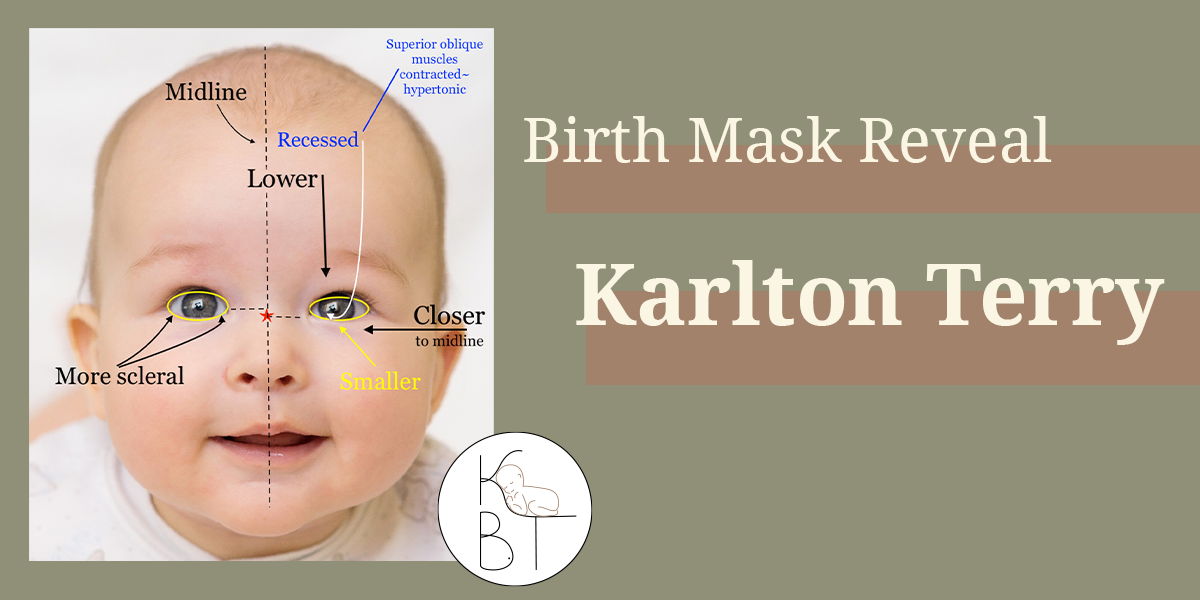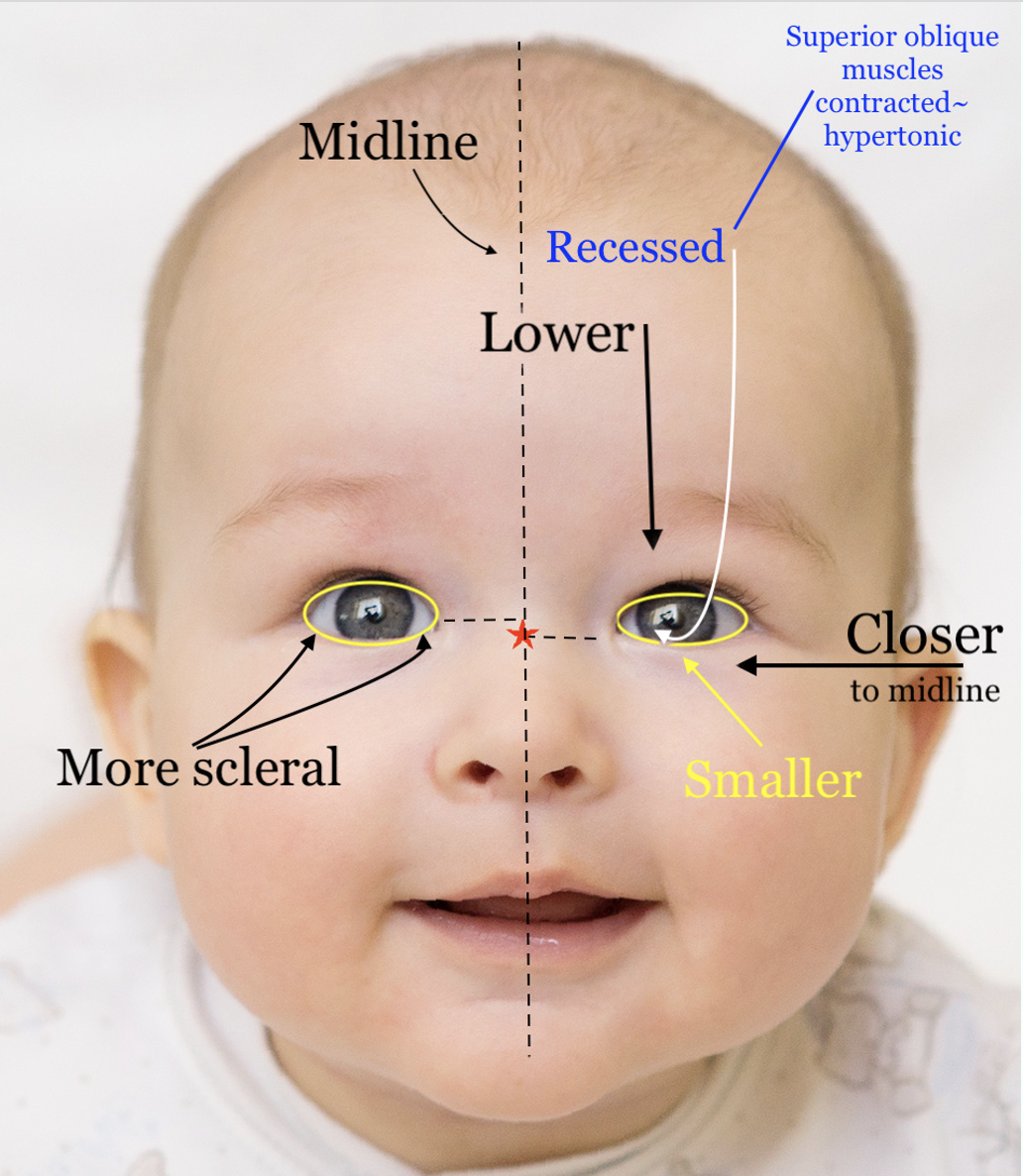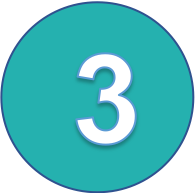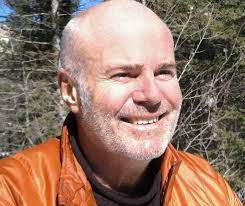
Level 1 Class 1: Morphology of the Eye Region
In this first class, you will learn about the compression and drag forces that create asymmetry and cause differing eye sizes, “eye splits,” a recessed eye, and asymmetrical (non-binocular) vision. You will also learn about maladies affecting the eye muscles, the nervous system, and emotional/psychological systems which hold the birth imprints in place as implicit memory, even through adulthood.
Eye imprints influence the optic nerve which conveys integral information to the brain and affects the way we see the world. Torsions and even lesions are created in the many layers of connective tissues and muscles due to the perinatal head rotating under pressure through the narrowest part of the birth canal.
3 hours
Level 1 Class 2: FACIAL ASYMMETRY ANALYSIS
In the second class, you find out how the variation of direction of the cranium passing through the birth canal causes asymmetrical imprints because of the compressive forces pushing in different directions at various points during different moments of descent. This is why almost everyone’s nose is slightly crooked.
Level 1 Class 3: HOW BIRTH IMPACTS THE LARGE CRANIAL BONES
Unit 3 of this training will cover: how compression and drag forces impact the four large cranial bones parietal and frontal bone ‘overrides’ and ‘underrides’superciliary archway depressions the overall morphology of the cranium, and the brain the meninges, the falx, and the tentorium and how these important membranes and proximal tissues are affected by birth.
Level 1 Class 4: LIVE SESSION – DEBRIEF Q & A – WRAP UP
Part 1 — 45 min.s — 10 min. break;
Part 2 — 55 min.s — 20 min. break;
Part 3 — 65 min.s
Part 1 A volunteer or chosen participant, after having a preparation supervision with Karlton, will execute a live BMR on a client, explaining the diagramming, and exploring the prominent presenter with the class.
Part 2 Actual BMR live demo. A volunteer or chosen participant will bring a baby client with its mother (and father if possible), and together with KT will execute a live BMR session while the participants observe, keep track of questions, and take notes.
Part 3a The BMR will be discussed and evaluated step by step.
Teaching points will highlight the structure, feel, and flow of how to do a BMR. There will be a particular emphasis on:
- how KT develops rapport with the mother
- how the prominent presenter was uncovered
- how information was shared with the mother
- how KT tracked the tolerance threshold of the mother
- how the homework assignments were developed to honor both the needs of the baby, and the tolerance threshold/self-regulation of the mother.
Part3b Closure. KT will address a few final questions and discuss the nature of Level 2 of the BMR training: Implicit Memory Illumination.
3hrs 20min
Karlton Terry
A “birth mask” is what we see in the face of a baby, especially a newborn, or in the features formed by birth that are still apparent in an adult face. It is always called a birth mask, no matter what the age, because the causative dynamics were compression and drag forces from birth. The mask-making outcome of cranial and facial molding, when properly and empathically studied, reveals a person’s birth story, and shines a bright light on how birth, such as any intense experience, shapes and molds one’s nature and character.




